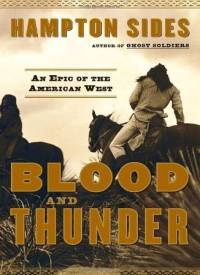In the fall of 1846 the venerable Navajo warrior Narbona, greatest of his people’s chieftains, looked down upon the small town of Santa Fe, the stronghold of the Mexican settlers he had been fighting his whole long life. He had come to see if the rumors were true—if an army of blue-suited soldiers had swept in from the East and utterly defeated his ancestral enemies. As Narbona gazed down on the battlements and cannons of a mighty fort the invaders had built, he realized his foes had been vanquished—but what did the arrival of these “New Men” portend for the Navajo?
Narbona could not have known that “The Army of the West,” in the midst of the longest march in American military history, was merely the vanguard of an inexorable tide fueled by a self-righteous ideology now known as “Manifest Destiny.” For twenty years the Navajo, elusive lords of a huge swath of mountainous desert and pasturelands, would ferociously resist the flood of soldiers and settlers who wished to change their ancient way of life or destroy them.
Hampton Sides’s extraordinary book brings the history of the American conquest of the West to ringing life. It is a tale with many heroes and villains, but as is found in the best history, the same person might be both. At the center of it all stands the remarkable figure of Kit Carson—the legendary trapper, scout, and soldier who embodies all the contradictions and ambiguities of the American experience in the West. Brave and clever, beloved by his contemporaries, Carson was an illiterate mountain man who twice married Indian women and understood and respected the tribes better than any other American alive.
Yet he was also a cold-blooded killer who willingly followed orders tantamount to massacre. Carson’s almost unimaginable exploits made him a household name when they were written up in pulp novels known as “blood-and-thunders,” but now that name is a bitter curse for contemporary Navajo, who cannot forget his role in the travails of their ancestors.

